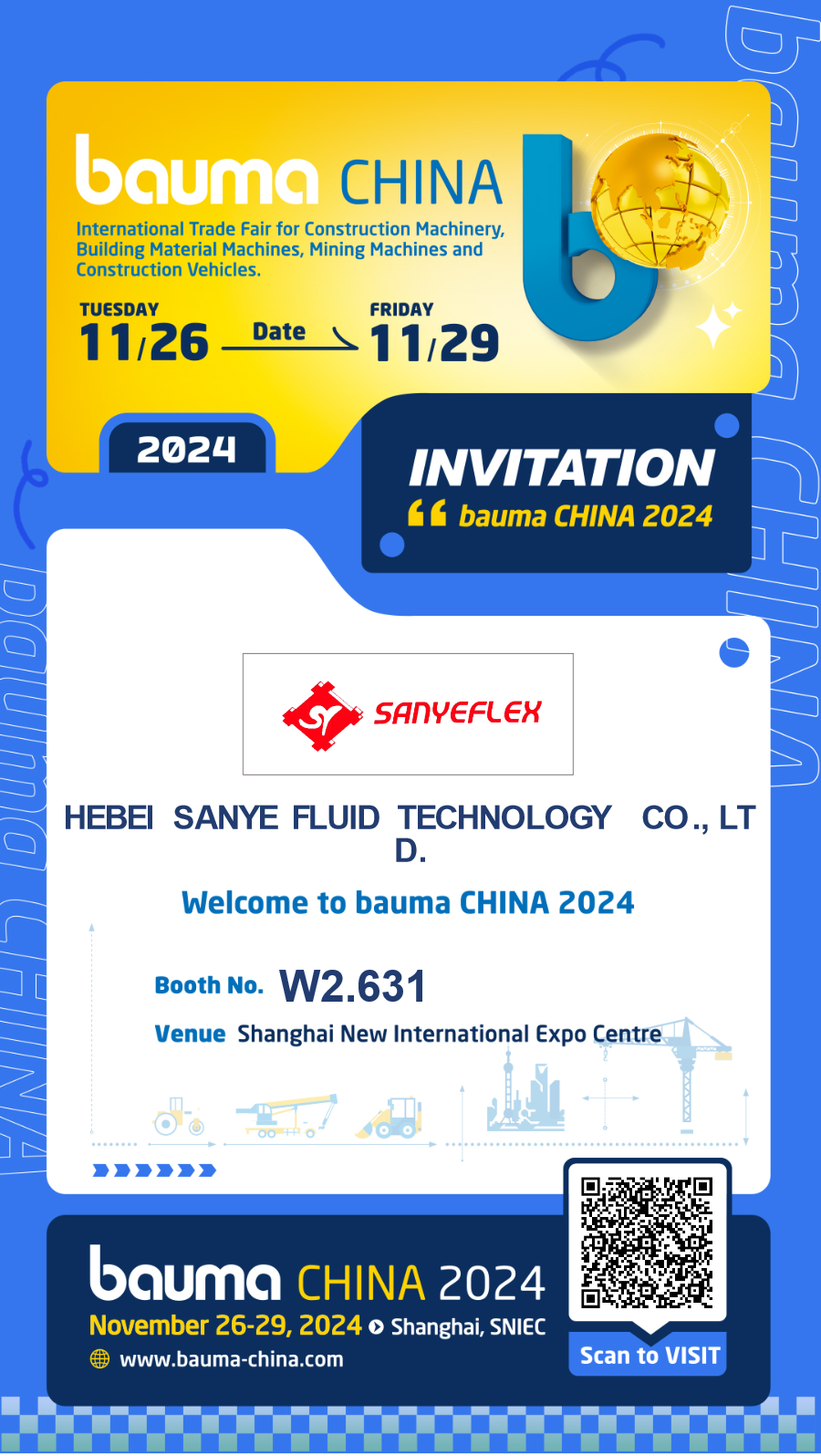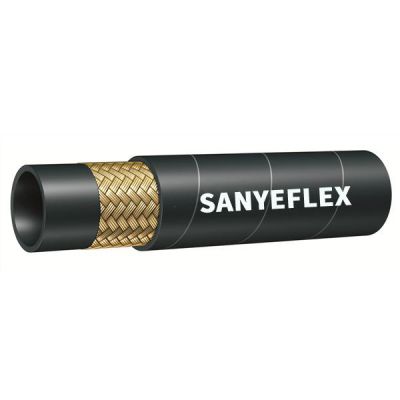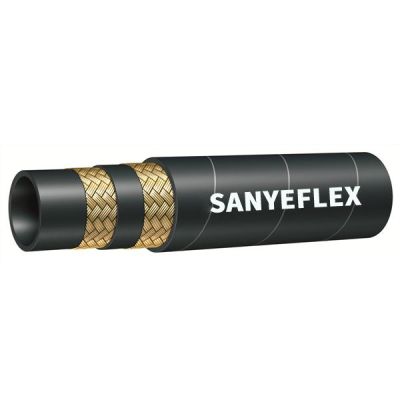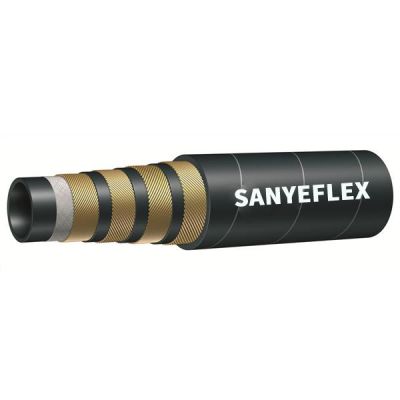Feb. 13, 2025
Textile braided hoses are integral to many industrial and residential applications, offering flexibility and durability in fluid transfer systems. Knowing when to replace these hoses is vital to prevent system failures and ensure safety. This article delves into the factors that influence replacement intervals and provides guidance on how often textile braided hoses should be replaced.
Several factors impact how often you should replace textile braided hoses. These include the operating environment, the type of fluids conveyed, and the maintenance practices followed.
Operating Environment: The conditions in which the hoses are used play a significant role in their longevity. Hoses exposed to extreme temperatures, harsh chemicals, or high levels of abrasion will degrade more quickly than those in less demanding environments. For example, hoses used in outdoor or industrial settings may require more frequent replacement than those used in controlled indoor environments.
Type of Fluids Conveyed: The nature of the fluids passing through the hoses also affects their lifespan. Aggressive chemicals or fluids at high temperatures can cause the hose material to deteriorate faster. It’s important to select hoses designed to handle the specific fluids they will convey and to monitor them closely for signs of wear.
Maintenance Practices: Regular maintenance significantly extends the life of textile braided hoses. Routine inspections, proper cleaning, and timely repair of minor damages can prevent catastrophic failures. Establishing and adhering to a regular maintenance schedule is crucial in determining when to replace hoses.
While the specific replacement interval for textile braided hoses can vary, general guidelines can help ensure optimal performance and safety.
Every 5 to 10 Years: For hoses used in standard conditions and properly maintained, a typical replacement interval is between 5 to 10 years. This range accounts for moderate wear and tear and assumes the hoses are not exposed to extreme conditions or aggressive fluids.
Every 3 to 5 Years: In more demanding environments or when conveying harsh chemicals, the replacement interval should be shortened to 3 to 5 years. High-pressure applications or continuous use may also necessitate more frequent replacements to prevent failures.
Based on Inspections: Regular inspections are critical in determining the actual condition of the hoses. Look for signs of wear such as fraying, cracks, or leaks. If any of these issues are present, the hose should be replaced immediately, regardless of its age.
Recognizing the signs that a textile braided hose needs replacement can prevent potential system failures and maintain operational efficiency.
Visible Damage: Inspect the hoses for visible signs of damage, such as abrasions, cuts, or fraying. Any visible damage is a clear indication that the hose needs to be replaced.
Leaks and Seepage: If you notice any leaks or seepage around the hose connections or along the hose length, it's a sign that the hose material has been compromised and requires replacement.
Performance Decline: A noticeable drop in system performance, such as reduced fluid flow or pressure inconsistencies, can indicate internal damage to the hose. Addressing these issues promptly can prevent further damage to the system.
Determining how often to replace textile braided hoses depends on several factors, including the operating environment, the type of fluids conveyed, and the maintenance practices in place. Generally, hoses should be replaced every 5 to 10 years under normal conditions and every 3 to 5 years in more demanding environments. Regular inspections are essential to identify signs of wear and ensure timely replacements. For more specific advice on hose replacement or if you have any particular requirements, please contact us. As a trusted supplier, we are here to help you with all your hose needs.
Our Customer
Tel.: +86 400 0318 111
Email: admin@sanyeflex.com
Add.: #218 Zhongke Street, High-tech Zone, Hengshui City, Hebei Province, China



